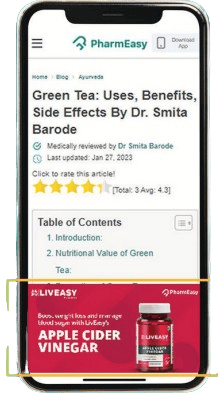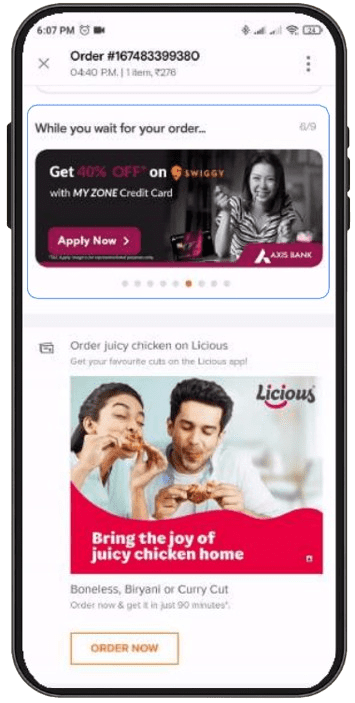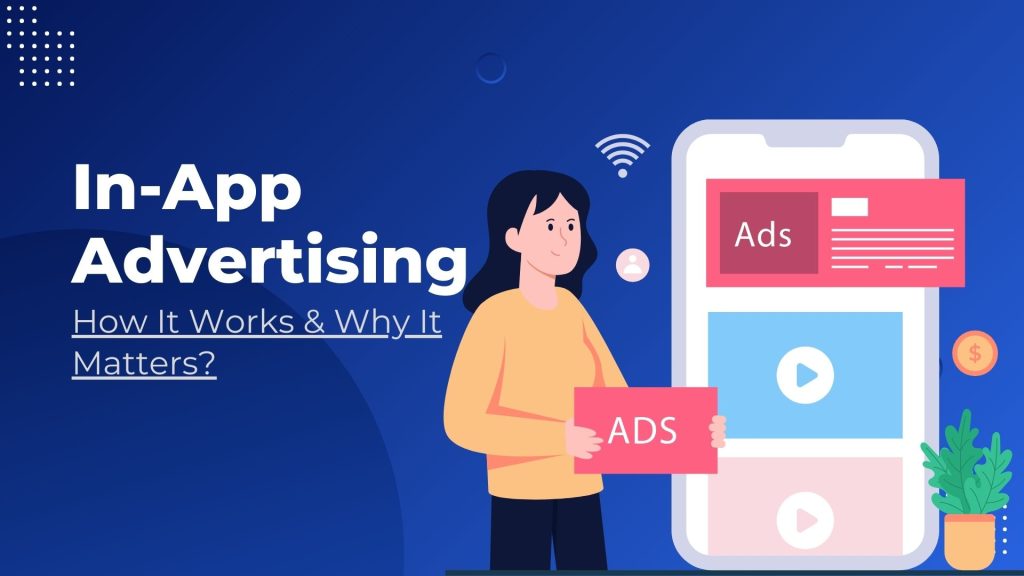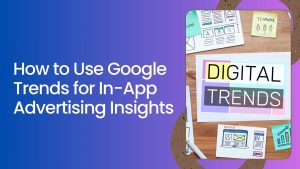In today’s mobile-first world, in-app advertising has emerged as a powerful tool for businesses to reach their target audience. With millions of apps available across various categories, the opportunities for marketers to engage users have never been greater. But what exactly is in-app advertising, and how does it work? Let’s dive in to explore this innovative advertising method.
What Is In-App Advertising?
In-app advertising refers to the display of ads within a mobile application. These ads can take various forms, including banners, videos, interstitials, native ads, and rewarded ads. App developers integrate these ads into their applications to generate revenue while offering free or low-cost apps to users.


How Does In-App Advertising Work?
In-app advertising operates through a collaborative ecosystem involving multiple players:
- Advertisers: Businesses looking to promote their products or services.
- App Developers/Publishers: Developers who integrate ads into their apps to monetize their platforms.
- Ad Networks: Platforms like Google AdMob or Facebook Audience Network that connect advertisers with app publishers.
- Users: The target audience interacting with the app and viewing ads.
When a user interacts with an app, the ad network identifies relevant ads based on user behavior, demographics, or app content. These ads are then displayed within the app, creating a seamless experience for the user while generating revenue for the developer.
Types of In-App Advertising
- Banner Ads: Static or animated ads that appear at the top or bottom of the app screen.
- Interstitial Ads: Full-screen ads that appear during natural pauses in app usage, such as between game levels.
- Rewarded Ads: Ads that offer incentives, like extra lives in a game or bonus content, in exchange for watching.
- Native Ads: Ads designed to blend seamlessly with the app’s content for a non-disruptive experience.
- Video Ads: Short video ads that engage users visually and are often used for branding.
Benefits of In-App Advertising
- High Engagement Rates: Users spend a significant amount of time on mobile apps, leading to higher ad visibility and engagement.
- Targeted Advertising: Ads can be personalized based on user data, ensuring relevance and better ROI.
- Monetization for Developers: App developers can earn consistent revenue without charging users directly.
- Seamless Integration: Ads fit naturally within the app’s design, ensuring a non-intrusive experience.
Best Practices for Effective In-App Advertising
- Understand Your Audience: Use data analytics to target ads based on user preferences and behavior.
- Focus on Ad Quality: Ensure ads are visually appealing and relevant to avoid user frustration.
- Optimize Ad Placement: Strategically place ads to maximize visibility without disrupting the user experience.
- Leverage A/B Testing: Experiment with different ad formats, placements, and creatives to identify what works best.
- Monitor Performance: Continuously track metrics like click-through rates (CTR) and conversion rates to refine strategies.
The Future of In-App Advertising
With advancements in technology, in-app advertising is becoming more personalized and interactive. The integration of AI, machine learning, and augmented reality (AR) is set to revolutionize how users interact with ads. Brands that adapt to these trends will be well-positioned to leverage in-app advertising’s full potential.





